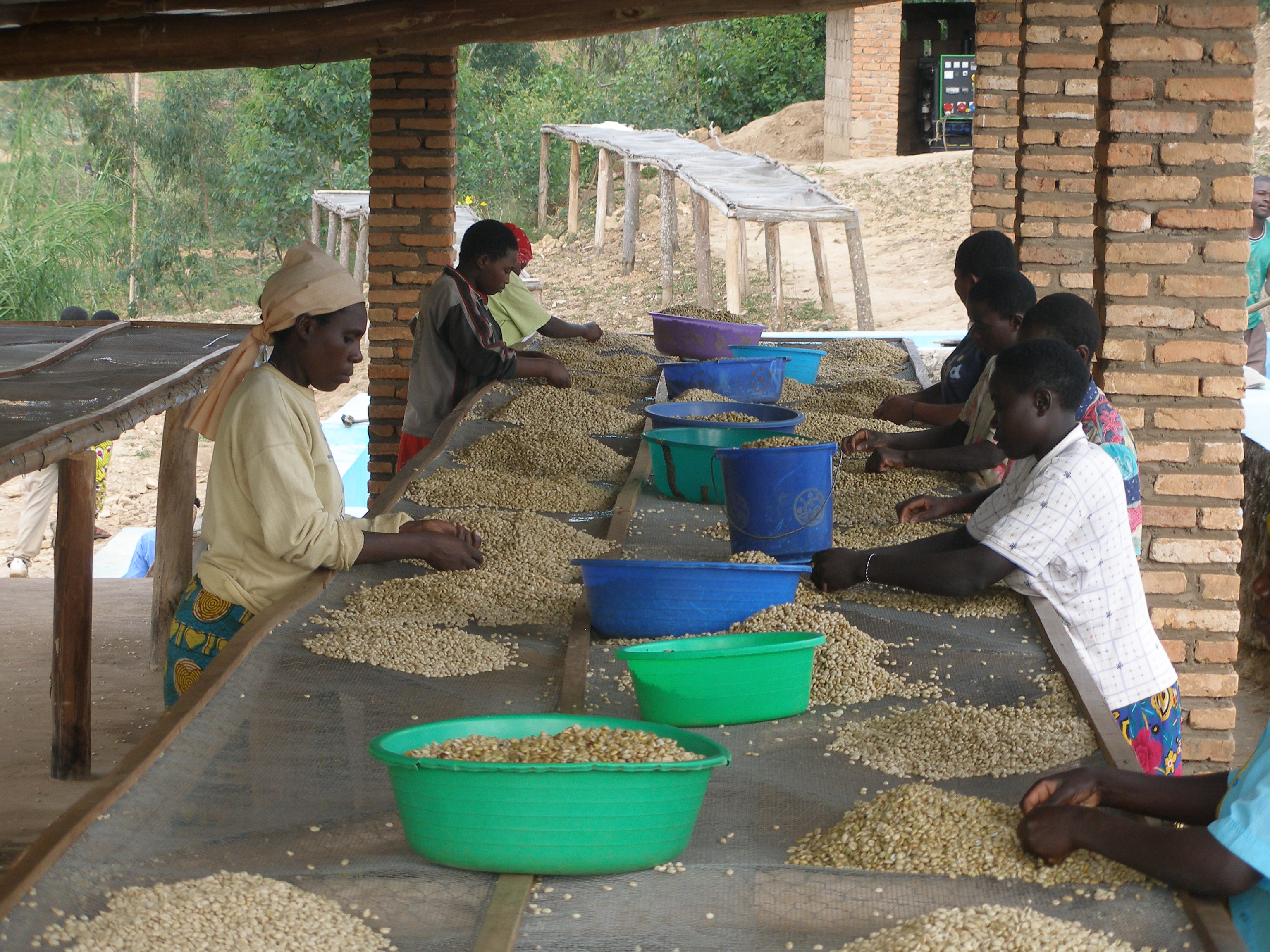1 October 2015 is the very first International Coffee Day. Today, I’ll be swapping my usual cup of tea for coffee and encouraging colleagues to do the same. Many of us can’t start the morning without a coffee. But as you’re drinking your first cup, spare a thought for where this important commodity crop comes from and what it takes to get it from the farm to the cup.
There are an estimated 25 million coffee farmers in the world with more than 100 million people directly or indirectly dependant on the coffee trade for their income. But here’s something you may not know: more than 70% of the world’s coffee supply is produced by smallholder farmers – farmers, usually family farmers, growing a mix of crops to eat and sell, on a small plot of land. These people rely on growing and selling coffee for their livelihoods, using the cash from their coffee to pay for things like food, housing and schooling.
But these farmers often face problems that impact the amount of income they can generate from coffee. Many live in developing countries and may not always have access to the kinds of science-based plant health information that can make the difference between healthy and sick crops.
Pests and diseases, like coffee wilt disease in Africa and coffee leaf rust in Latin America, can have a hugely negative effect on coffee yields and subsequently on farmer incomes. It’s been calculated that for coffee wilt disease alone, currently confined to four countries, the cost to farmers has been over $1billion in lost earnings over the past 20 years. The 2012 outbreak of coffee leaf rust in Central America cost this region’s economy and estimated US$1 billion and 400,000 jobs.
Climate change adaptation is a challenge for coffee farmers too. Many people think of the effects of climate change as something that will impact the next generation, but coffee farmers are feeling the effects today. Inconsistent weather patterns and migrating pests mean that coffee farming is becoming less predictable, affecting farmer incomes. In addition, coffee prices can fluctuate adding to farmers’ vulnerability and making the growing of coffee less attractive. In future, will we be able to continue enjoying our breakfast cup of coffee?
To help coffee producers improve their livelihoods, CABI has initiatives and partnerships worldwide. We've been working on coffee for over 90 years, making a real difference to smallholder growers around the world. Our specialists work to improve farm practices, crop storage and access to information, to inputs and to microcredit; building expertise through the coffee supply chain.
So today, when you take a coffee break, spare a thought for the farmer that helped bring the coffee to your cup. And if you’d like to learn more about the kinds of challenges that coffee farmers face, and how we’re helping to tackle these challenges, here are some of our projects:
Helping coffee farmers adapt to the effects of climate change
Guaranteeing credit to coffee farmers in Ethiopia and Rwanda
Boosting coffee productivity in Kenya and Malawi
Post by Dr Julie Flood, Senior Global Director for Commodities at CABI

